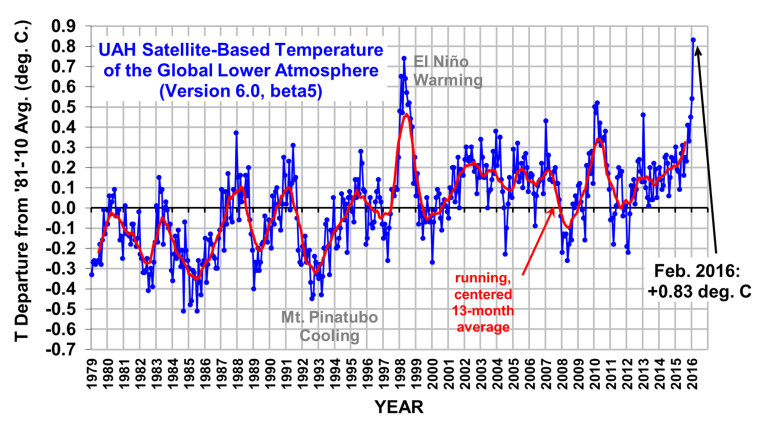Conservative political leaders turn their backs on startling evidence of warming.

Senator Marco Rubio speaks at a Jewish temple in Palm Beach, Florida, on 11 March 2016. PHOTO AP/Paul Sancya via ThinkProgress.org
No place in the world feels the impact of rising seas like Miami, Florida, the scene last week of the latest debate between Republican candidates for the US presidential election.
The glamour city has been feeling less glamorous in recent years. Every so often sewage is pushed into the streets by a combination of high tides, storm surges and rising sea levels, which around Florida in the past 20 years have risen by 9.4 cm.
Many Florida neighbourhoods are being rendered virtually uninhabitable by seawater penetrating porous underground aquifers and rising to the surface. That’s not to mention the damage done to water supplies and agriculture in this low-lying state.
All of the three heavy-hitters in the Republican race reject man-made climate change as an election issue. Donald Trump has said it’s a Chinese conspiracy. Ted Cruz says it’s a religion. Marco Rubio (who lives in Florida) can’t say if it’s true but thinks it will cost too much to fix anyway.
Ahead of the debate, 21 Florida mayors, both Democratic and Republican, pleaded for candidates to be questioned about climate. They got just one question in the debate, directed at Rubio. His response was more of the same.
Caught in their own bubbles of illusion, all three candidates avert their eyes and change the subject when evidence manifests itself, such as the unprecedented warming this past northern winter across the Arctic, a region with a unique capacity to trigger rapid global change.
With declining ice cover the Arctic Ocean is absorbing more solar heat. Warmer seas and atmosphere are beginning to thaw frozen carbon deposits. They’re also melting the ice that sits on Greenland, exacerbating Florida’s sea level problems.
With Arctic Ocean winter temperatures remaining well above average, it’s odds-on that the all-time record for low sea ice cover, set in 2012, will be broken over summer.

The University of Alabama at Huntsville was first to publish February global temperature data showing unprecedented warming. This satellite information was posted on the personal blogsite of Roy Spencer, a noted “sceptical” scientist.
Early this month the mean northern hemisphere temperature reached a historic milestone – the globally-agreed danger level of 2C above the pre-industrial average.
The Arctic was an extreme outlier in a world which continues to warm all over. Australia had its sixth-warmest summer on record, while “persistently mild” days and nights, as the Bureau of Meteorology put it, made the summer just past Tasmania’s hottest since records began.
Over summer the warm East Australian Current pushed sea surface temperatures east of Tasmania to record levels, up to 3C warmer than expected. If that suits your leisure activities, think of oysters battling a killer disease in lukewarm coastal shallows.
It’s not just oysters at risk – it’s us. Record hot days across Australia now happen twice as often as they did 50 years ago and deadly heatwaves are starting earlier in the year on average (12 days earlier in the case of Hobart), notes The Silent Killer, a report by Australian National University epidemiologist Elizabeth Hanna, published early this month by the Climate Council.
But as all the medical textbooks say, prevention is better than cure. If we care about life in this warming world we should start with our carbon dioxide emissions, which at 40 billion tonnes a year and rising are now many times higher than any natural emissions, ever.
Research published last month in Nature Communications, by a team at the Max Planck Institute for Meteorology in Hamburg, asked whether greenhouse gases could cause runaway global warming, and if so, what would it look like?
Their model found that if carbon dioxide got to four times today’s level Earth would be permanently uninhabitable, with sea-surface temperatures around 60C.
We won’t do this on our own – there’s not enough carbon in remaining fossil fuel reserves to reach the astronomical levels required. But the gap could be filled by positive feedbacks triggered by warming, such as massive methane release from melting permafrost and the deep ocean.
This is seriously Germanic research: well-structured, impeccably reasoned, utterly bleak. But it’s only a model.
Out here in the real world, our own planet-sized experiment is testing the theory of man-made global warming, and the evidence shows the theory holding up well.
We’ve kept the experiment going for 200 years. The question is, can we stop it?
